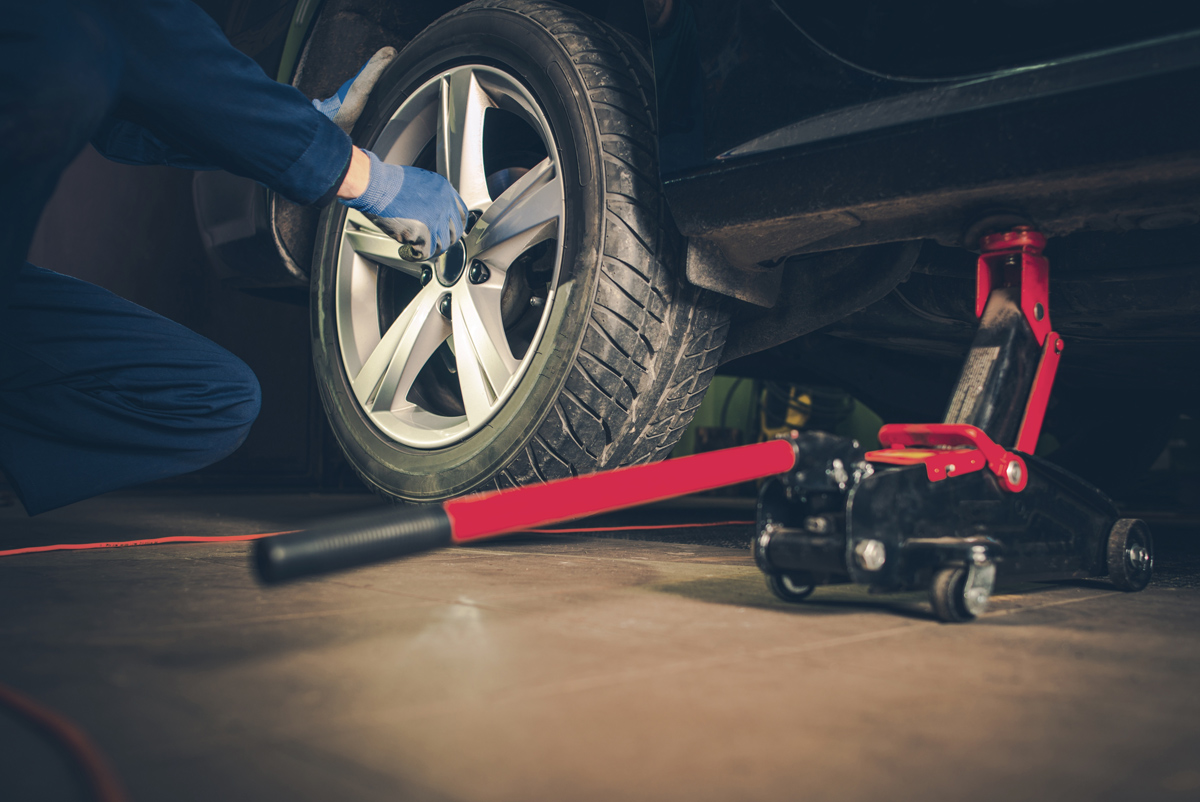Tire Repair Work Myths Debunked: Dividing Truth From Fiction
In the realm of automotive upkeep, tire repair holds a considerable area, yet it is commonly shrouded in myths and false impressions that can result in confusion for vehicle proprietors. Recognizing the difference in between truth and fiction when it pertains to tire repair service is critical for guaranteeing both safety and cost-effectiveness. From the misconceptions surrounding patching versus plugging a pierced tire to the effectiveness of numerous tire sealants, there are several crucial areas where clearness is needed to make enlightened choices. Let's clarify some typical tire fixing misconceptions and different them from the truth to encourage you with the understanding needed to browse this crucial aspect of automobile upkeep.
Common Tire Repair Misconceptions
Dispelling widespread false impressions surrounding tire repair is crucial for keeping road safety and expanding the long life of your car's tires. It is necessary to understand that not all leaks are created equal; while some might certainly call for a tire substitute, the bulk can be safely repaired.
Another misconception is the idea that a DIY tire fixing set is an adequate option for all tire issues. While these packages can be useful for momentary repairs in emergencies, they are not an irreversible remedy and might not attend to the underlying issue (discount tires morris il). Looking for the proficiency of a certified tire specialist is constantly suggested to guarantee the security and stability of the tire

Can You Fix a Punctured Tire?
Repairing a pierced tire is a typical method in the automobile sector, typically performed by professional service technicians following certain guidelines and requirements. Not all leaks can be repaired. The area, dimension, and intensity of the leak are crucial consider figuring out if a tire is repairable. Punctures situated on the walk location of the tire are typically repairable as lengthy as they are within a particular dimension limitation and do not affect the tire's architectural stability.
It is necessary to keep in mind that pierces near the sidewall or shoulder of the tire are usually not repairable because of safety problems. Such locations undergo substantial tension and flexing, making repair work unreliable and potentially dangerous. Additionally, if the leak is also big, surpassing the suggested repairable dimension, or if the tire shows indications of interior damages, it is safer to replace the tire altogether.
The Reality About Patching Vs. Connecting
When considering the repair of a pierced tire, understanding the distinctions in between patching and connecting is essential for making educated decisions concerning tire upkeep and security. Patching includes fixing the tire from the inside, where a patch is applied to cover the slit. This approach is considered even more dependable and durable as it resolves the damages internally, reducing the danger of air leakage and more tire damage. On the various other hand, connecting is a quick repair that involves putting a rubber plug into the pierced area from the exterior. While plugging is practical and can be done without removing the tire from the edge, it is generally thought about a short-lived option and may not provide the very my company same degree of toughness as a patch.
Misconception: All Tire Sealants Work

When selecting a tire sealer, think about aspects such as the size of leaks it can properly fix, compatibility with tire pressure tracking systems (TPMS), and whether it is risk-free for the tire material. Reviewing evaluations and looking for referrals from experts can assist you make an Our site informed decision. Additionally, normal upkeep and timely substitute of sealant can aid ensure ideal efficiency. Bear in mind, while tire sealers can be useful in emergency situations, they are not an alternative for correct tire care and maintenance.
Best Practices for Handling Flat Tires
In light of the differing efficiency of tire sealants, comprehending finest practices for managing level tires is vital for maintaining road security and vehicle performance. Loosen the lug nuts, raise the automobile with the jack, eliminate the lug nuts and flat tire, and change it with the spare tire. Store away the flat tire, tools, and equipment, and remember to check the extra tire's stress regularly.
Conclusion
In verdict, it is essential to separate truth from fiction when it pertains to tire repair work misconceptions. Recognizing the reality about covering vs. connecting, the performance of tire sealants, and best practices for managing flat tires can aid make sure the safety and security and long life of your tires. By disproving common false impressions and following proper repair service guidelines, you can make enlightened decisions when it concerns keeping the health and wellness of your visit this page vehicle's tires.